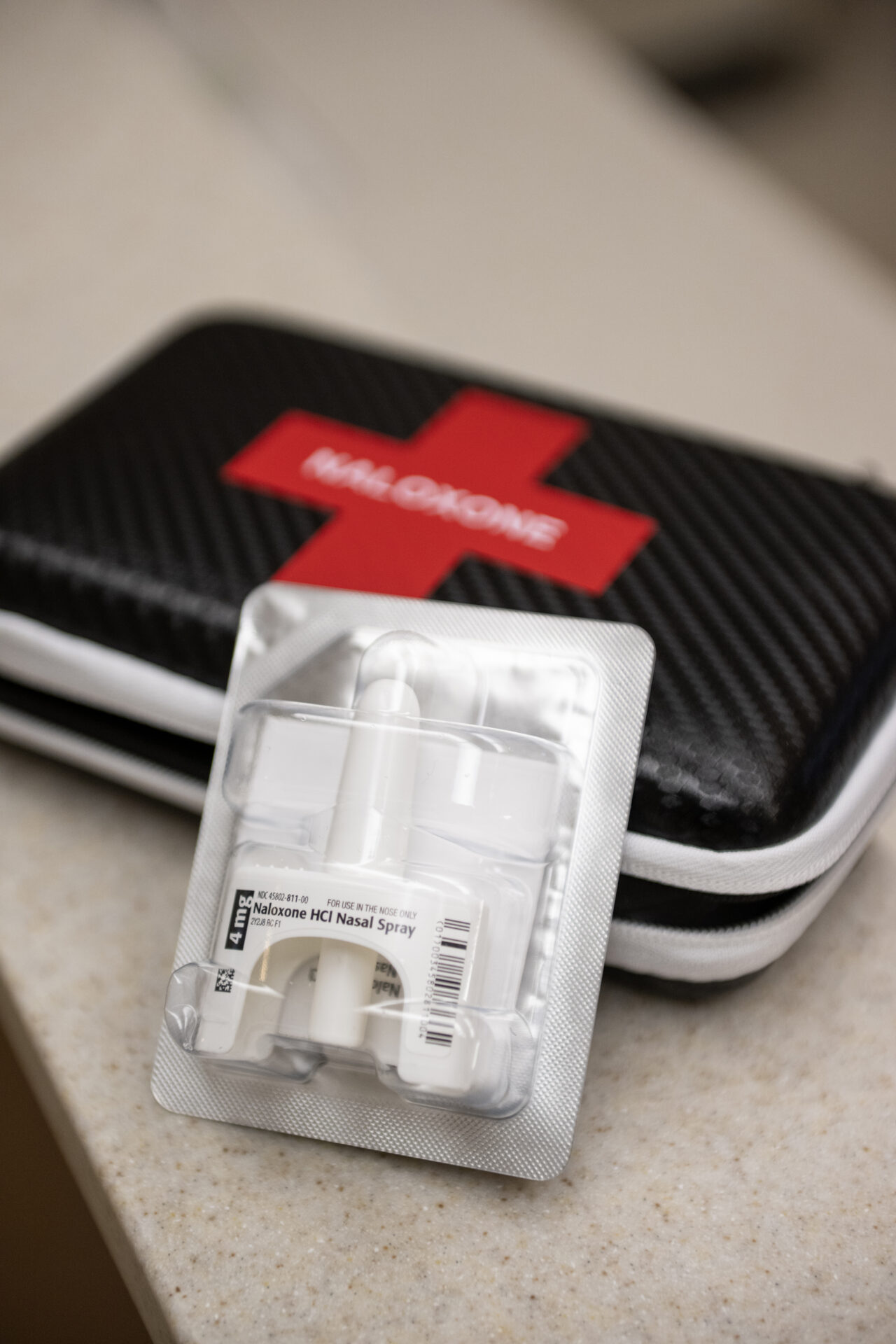Featured
Some Mississippi Pharmacies Hesitant to Dispense Naloxone

By Erin Garrett
University of Mississippi

Many Mississippi pharmacies do not have the lifesaving drug naloxone available, according to a recent paper by University of Mississippi researchers.
Naloxone is a medication that can reverse the effects of an opioid overdose by restoring normal breathing and preventing possible fatal consequences. In 2017, the Mississippi State Department of Health’s head physician signed a standing order permitting pharmacists to dispense the drug with or without a prescription.
Yet the drug is unavailable in more than 40% of the state’s pharmacies, according to the study. This underscores an accessibility problem statewide, said Sujith Ramachandran, associate professor of pharmacy administration and author on the paper.
“We were expecting to find access issues, but we didn’t expect availability to be this low,” Ramachandran said. “While these issues are not unique to Mississippi, they have not been studied so thoroughly in our state until now.”
Published in July in JAMA Network Open, the study is unlike any that have investigated naloxone accessibility in the state. Researchers used a “secret shopper” method where volunteers cold-called 591 community pharmacies to request the drug.
They asked questions using a logic chart that began with, “Hey, do you have naloxone that I could pick up today?” If the response was no, callers asked if the pharmacist would order it for them, what the cost would be and how long it would take to arrive.
Emily Gravlee, a fourth-year Ole Miss doctoral student in pharmacy administration, came up with the idea for her master’s thesis in pharmacy administration.
“My research interests lie a lot around substance use disorder,” said Gravlee, a Prattville, Alabama, native. “I had seen other papers that had used the secret shopper methodology, but there was very little literature about things going on in the Southeast – my home.
“I wondered what naloxone access looks like in my state. That’s how the study came about.”
Some of the hesitancy to dispense was due to lack of information, Gravlee said. Many pharmacists were unaware of the standing order and believed a prescription was needed to dispense naloxone.
Others, however, may not have been willing to have naloxone in their store. This 2022 study cites a negative attitude toward naloxone that is based on the belief that it is only meant for “addicts” and “abusers.”
“Naloxone has been proven to be lifesaving, but there’s a stigma that exists in the health care community,” said Ramachandran, who is also assistant director of the Center for Pharmaceutical Marketing and Management.
“It really is a lifesaving medication for those that need it. The first thing we need to do is address that stigma. Then, we must encourage pharmacists to be more involved with their communities. This is hard because they are overworked and have less staff – the onus is being put on them to do more and more.”
Mississippi’s drug overdose deaths are increasing, according to the Centers for Disease Control and Prevention. From 2019 to 2021, drug overdose mortality in the state increased by 70.5%. In 2021, the state averaged 28.4 deaths per 1,000 people.
Naloxone can be administered as an injection or nasal spray and costs around $100 without insurance coverage. It is the only antidote to opioid poisoning or an opioid overdose and has no negative side effects.
Recent developments may offer some hope. The Mississippi Department of Health is offering naloxone by mail through its Opioid and Substance Use Disorder Program at no cost.
In March, the U.S. Food and Drug Administration approved Narcan, a naloxone nasal spray for over-the-counter, or OTC, nonprescription use. In its announcement, the FDA noted this switch may take months and that other naloxone products will remain available to be dispensed by pharmacists.
Nevertheless, Ramachandran anticipates that barriers will still exist.
“Just because it’s over-the-counter doesn’t mean pharmacists are going to be dispensing naloxone or get more comfortable with it,” he said. “Even if it’s OTC, we don’t know what it’s going to be priced at or what insurance is going to cover. I think the OTC order helps, but I don’t think it’s a solution.”
Ramachandran points to other efforts around the country such as policy improvement, equipping first responders and stocking naloxone for easy access around communities and on college campuses.
Meagen Rosenthal, interim director of the William Magee Institute for Student Wellbeing and associate professor of pharmacy administration, said that an important next step is investigating exactly why the access challenges exist within the pharmacies.
“Is it the cost to stock or the lack of understanding that they can legally stock and patients can come in and access it?” said Rosenthal, who is a co-author on the paper. “They might not know that their community is in need of it.
“They could also think that the ‘wrong’ kind of element will come into their pharmacy if they offer it.”
Rosenthal suggests that targeted outreach programs, much like those implemented to promote COVID-19 vaccinations, could educate pharmacists about their options and community need.
“This is really important work,” she said. “We often think that just because legislation passes or the formulation changes, then we are solving all the problems. But Dr. Gravlee’s work really showed that while these kinds of changes are really important, our work isn’t done just because policy has changed.
“We need to understand our pharmacies and our communities and their needs. At the end of the day, we have to get these patients access so that they don’t die unnecessarily.”






















































